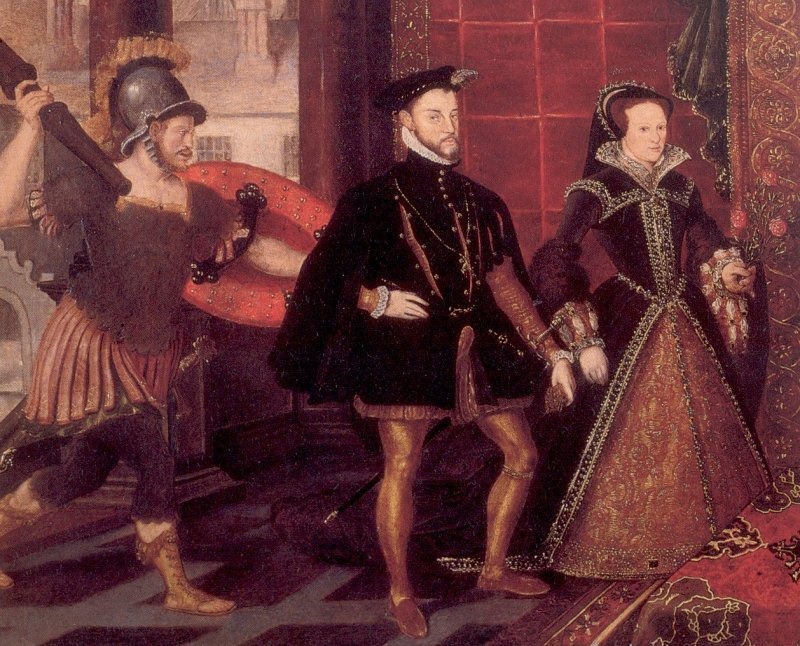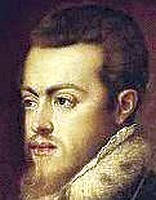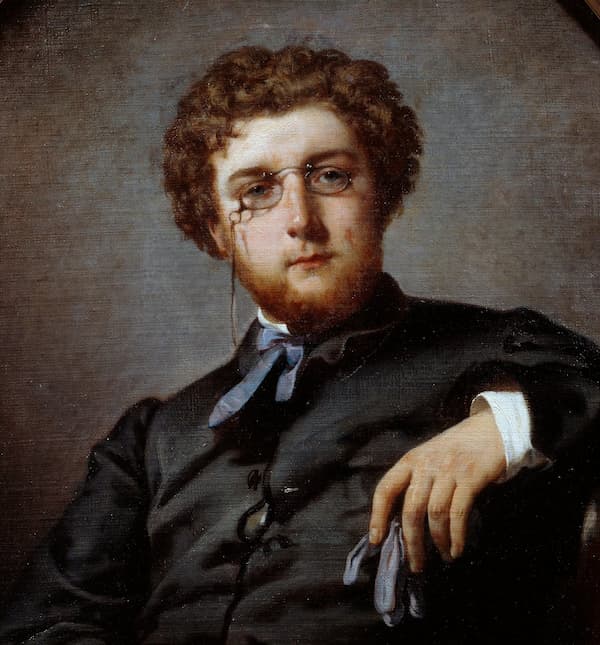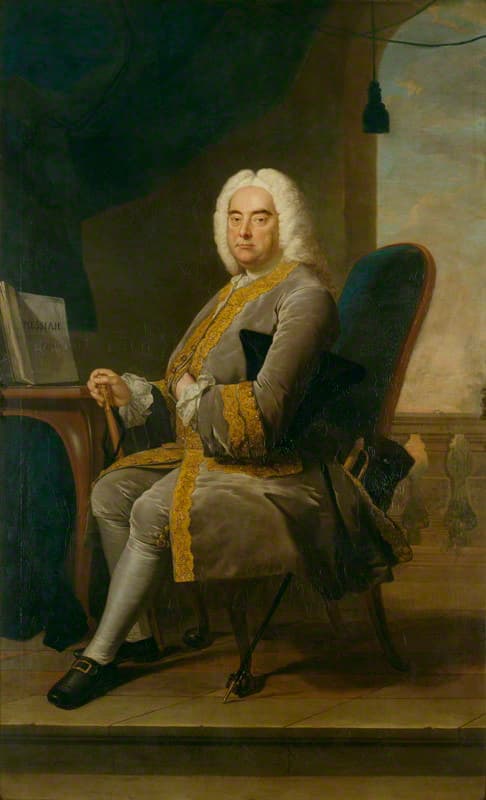 Pierre de Manchicourt: O Virgo virginum
Pierre de Manchicourt: O Virgo virginum
In 1554, a remarkable wedding ceremony took place at Winchester Cathedral. The bride was described as “a faded little woman with red hair and no eyebrows.” That little woman was no other than Mary Tudor who recently had staked her claim to the English throne. Mary intended to take Protestant England back to Catholicism. As such, the chosen husband was no other than the catholic sovereign of Spain, Prince Philip. The marriage ceremony, as could be expected, was full of pomp and court splendor.
Mary and Philip lost no time in trying to conceive a child, and by November 1554 it was officially announced that the Queen was with child. The news of an heir to the Tudor throne was greeted with great enthusiasm in London society. Christmas Day 1554 was celebrated in St. Paul’s Cathedral, and turned into a rousing and flamboyant musical celebration. Philip had shipped in his best musicians from Spain for the occasion, and it included the organist Antonio de Cabezon, Philippe de Monte and the Franco-Flemish composer Pierre de Manchicourt.

Credit: http://praetorius.ch/
Manchincourt learned his musical craft in Northern Europe, yet through his travel, performances and employment abroad significantly assisted in the diffusion of that particular musical style. He helped to create one of the first truly international styles of music. He composed a large number of motets for a variety of voice combinations, several volumes of secular chansons published by the famous Parisian printer Pierre Attaingnant, and a number of highly attractive masses. He died in Madrid in 1564, and this year we commemorate the 450th anniversary of his death.



